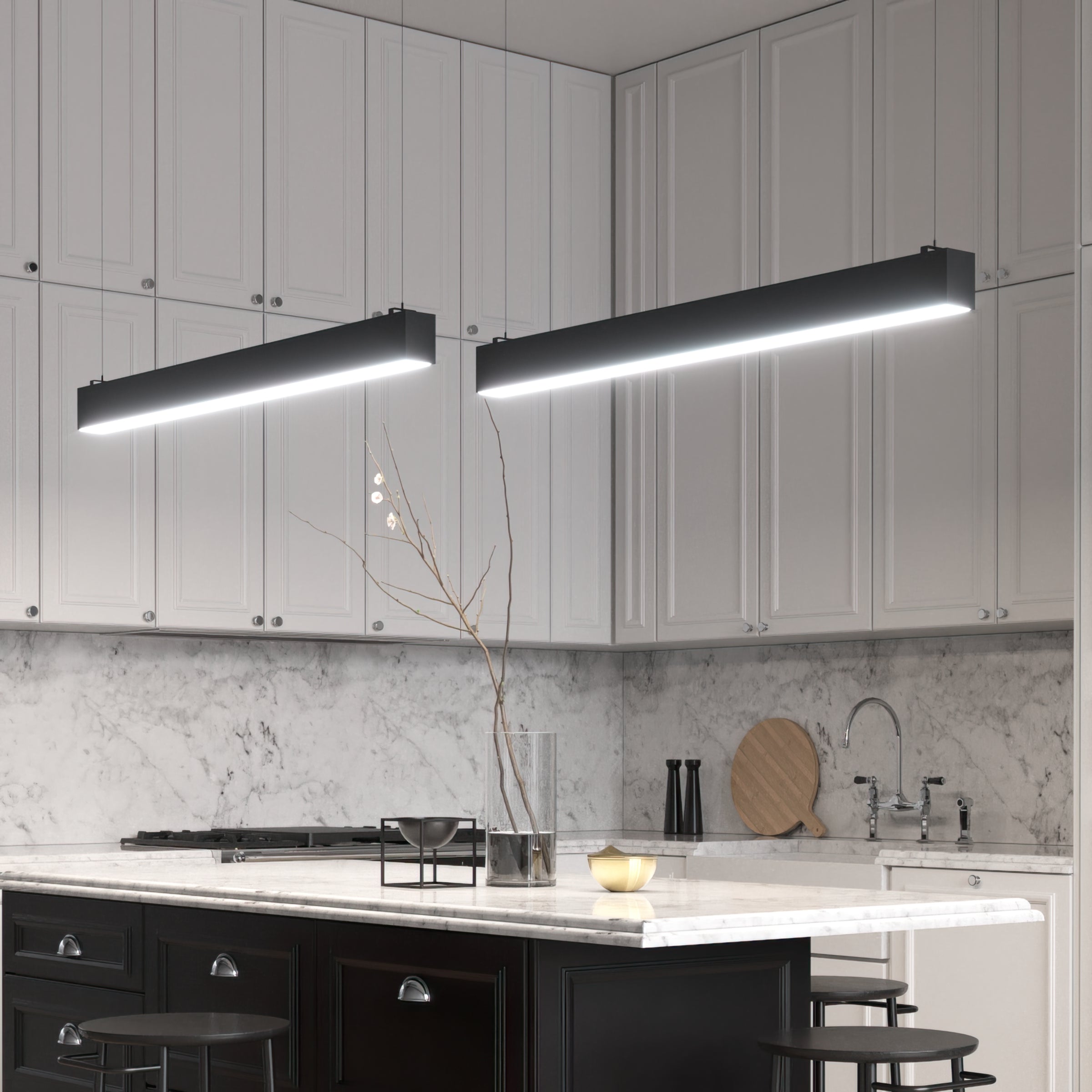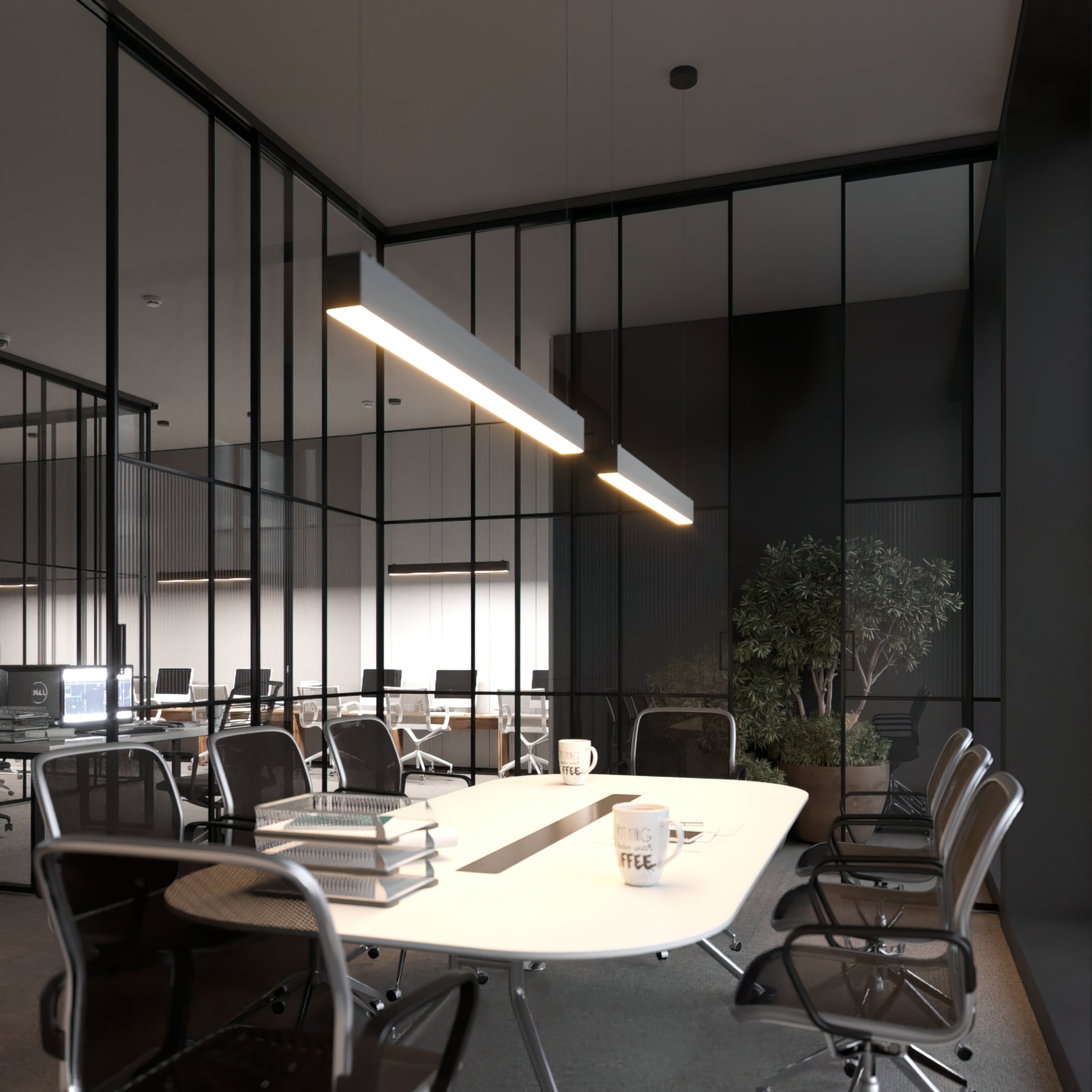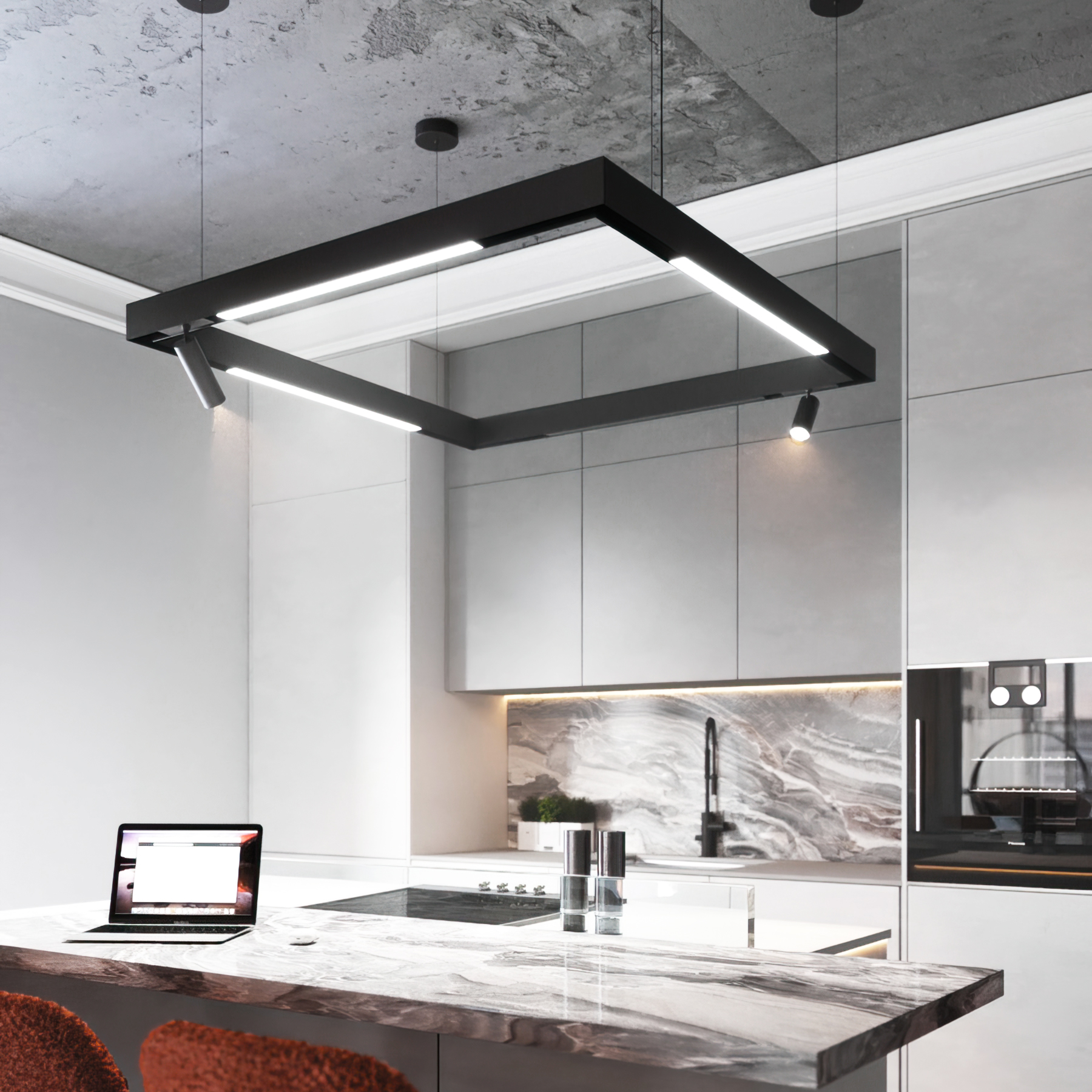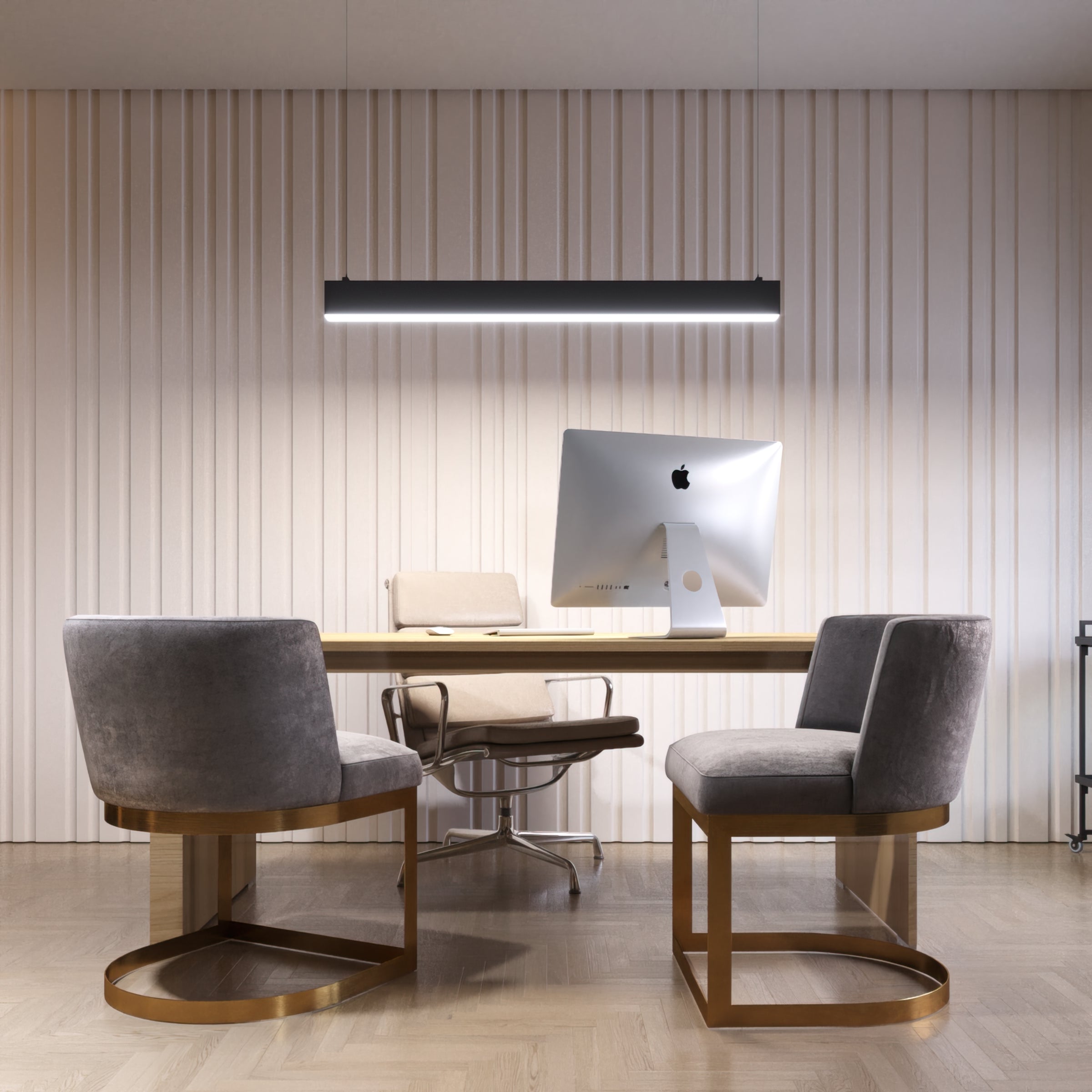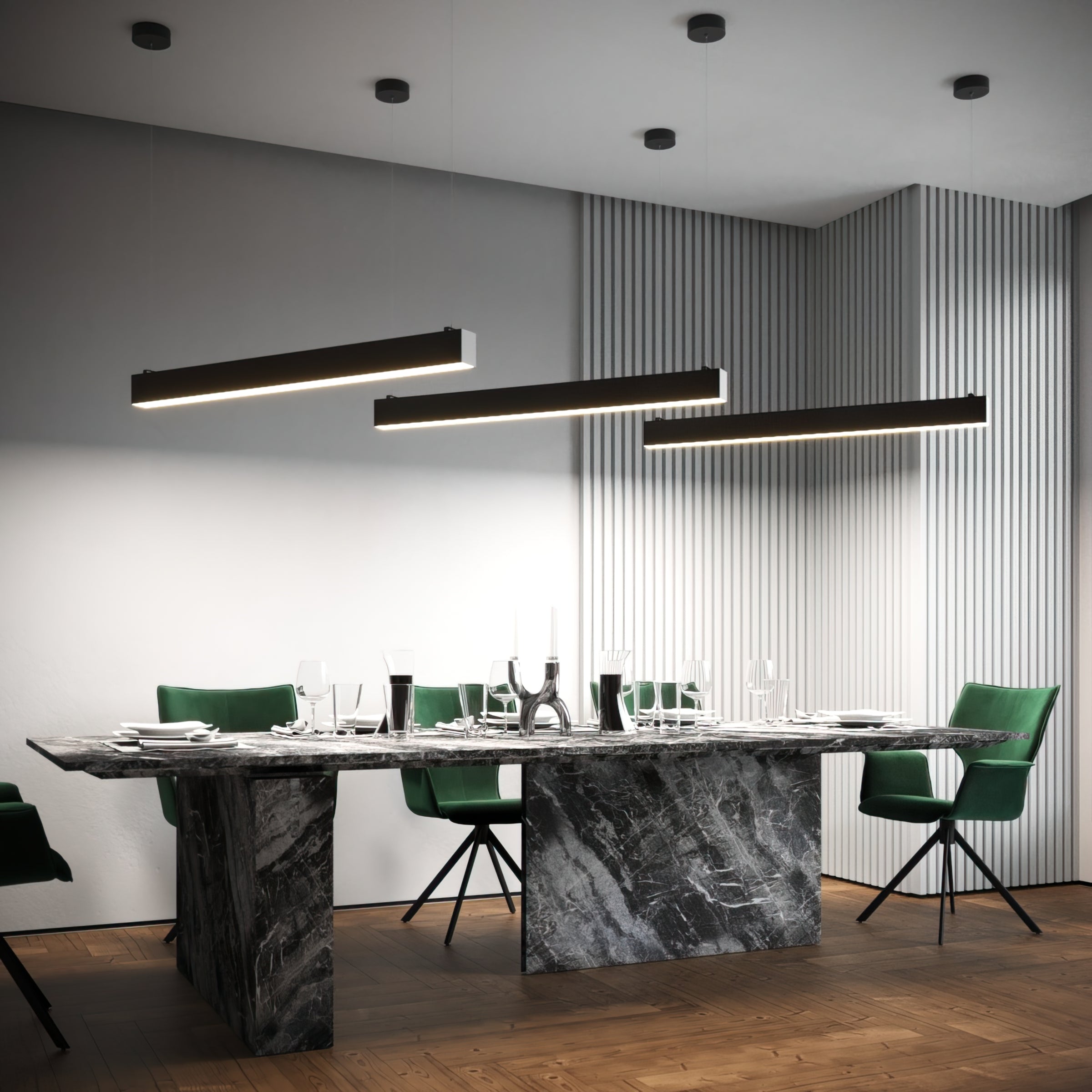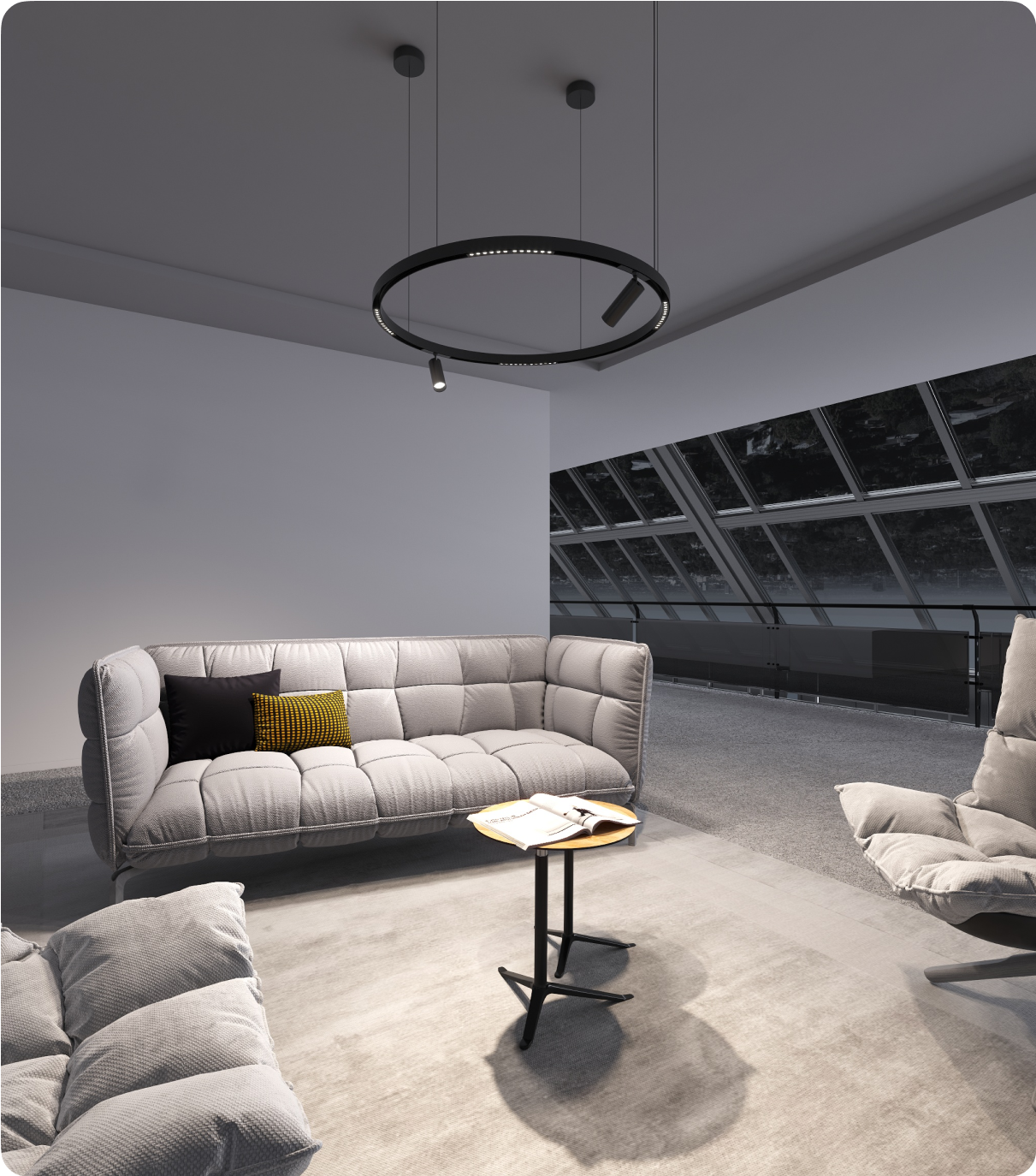Lighting is more than just a functional necessity—it’s an art form that shapes the ambiance, functionality, and efficiency of any space. Whether you’re illuminating a cozy living room, a bustling office, or a grand outdoor stadium, one of the most critical factors in lighting design is the beam angle. This often-overlooked feature determines how light beam is distributed, influencing everything from brightness and coverage to mood and energy efficiency. For professionals and homeowners alike, understanding beam angles is the key to creating the perfect lighting scheme.

What Is a Light Beam Angle?
At its core, the beam angle of a light source refers to the width of the light beam as it emanates from the fixture. Measured in degrees, it defines whether the light is concentrated into a narrow spotlight beam or diffused into a wide flood light beam angle. Imagine holding a flashlight: a narrow beam angle creates a small, intense circle of light, perfect for focusing on a single object, while a wider beam spread softly illuminates a larger area. This same principle applies to all lighting fixtures, from LED beam lights and track lighting to outdoor floodlights.

The beam angle is not just a technical specification—it’s a tool that allows you to control how light spread interacts with a space. A well-chosen beam angle can highlight architectural details, create dramatic contrasts, or provide even, comfortable illumination.
Beam Angle vs. Beam Field: What’s the Difference?
Explains our expert Sergio Andriichenko, LED Lighting Specialist at LED Lights Direct.
Visit his LinkedIn profile.
Light distribution is the term you’ll hear most often, but it’s not the same thing as the beam field. The distribution angle is measured at the point where the light’s brightness drops to half of its peak level—basically, that’s the main, brightest part of the light. The beam field, though, goes beyond that. It includes the softer, dimmer edges where the light gradually fades out, kind of like the glow around the edges of a spotlight.
For example, an LED light beam with a 40° beam angle might have a beam field that extends to 80° or more. This means that while the central area is brightly lit, the surrounding space still receives some light, creating a smooth transition rather than a harsh cutoff. Understanding this distinction is crucial for achieving the desired lighting effect, especially in spaces where subtle gradients and soft edges are important.
Why Does Beam Angle Matter?
The beam angle is a cornerstone of lighting design for several reasons:
-
Brightness & Light Intensity: A narrow beam angle (e.g., 10°–25°) produces a concentrated, high-intensity light beam, ideal for spotlighting. In contrast, a wide beam angle (e.g., 90°+) offers softer, more diffused illumination, perfect for general lighting.
-
Coverage & Distribution: The beam angle determines how much area a fixture can effectively illuminate. A narrow angle focuses light on a specific spot, while a wide angle spreads it across a larger area, reducing dark spots and creating uniform brightness.
-
Aesthetic & Ambiance: Lighting is as much about emotion as it is about function. Narrow beams create drama and draw attention to focal points like artwork or architectural features. Wide beams, on the other hand, foster a welcoming, evenly lit environment.
🔍 Scientific Insight: According to Boyce (2014) in Human Factors in Lighting, the choice of beam angle significantly impacts visual comfort and task performance. Narrow beams (10°–25°) are ideal for tasks requiring high concentration, such as reading or detailed work, as they minimize glare and enhance focus. Conversely, wide beams (90°+) are better suited for ambient lighting, promoting relaxation and reducing eye strain in living spaces.
Types of Beam Angles & Their Applications
💡 Narrow Beam (Spotlight) – 10° to 25°
-
Characteristics: Produces a tight, intense light beam.
-
Applications: Perfect for highlighting specific objects or areas, such as artwork, sculptures, or retail displays. Commonly used in museums, galleries, and boutique stores to create contrast and depth.
-
Example: A 15° beam angle can transform a painting into the centerpiece of a room, drawing the eye with its focused glow.
💡 Medium Beam – 30° to 60°
-
Characteristics: Offers a balanced spread of light, combining focus and coverage.
-
Applications: Ideal for general lighting in homes, offices, and commercial spaces. Works well in kitchens, hallways, and workspaces where both functionality and comfort are key.
-
Example: A 40° beam angle in a kitchen ensures countertops are well-lit for food preparation while maintaining a cozy atmosphere.
💡 Wide Beam (Floodlight) – 90° and Above
-
Characteristics: Distributes light evenly over large areas, minimizing shadows.
-
Applications: Best suited for outdoor spaces, warehouses, and high-ceiling environments where broad, uniform illumination is needed. Commonly used in stadiums, parking lots, and security lighting.
-
Example: A 120° beam angle in a parking lot ensures every corner is brightly lit, enhancing safety and visibility.
How to Choose the Right Beam Angle
Selecting the right beam angle depends on the purpose and layout of the space. Here’s a quick guide:
-
Highlighting Objects: Use a narrow beam angle (10°–25°) to draw attention to specific elements like artwork or decor.
-
General Lighting: Opt for a medium beam angle (30°–60°) for comfortable, even illumination in living rooms, offices, or kitchens.
-
Large Areas: Choose a wide beam angle (90°+) for broad coverage in outdoor spaces, warehouses, or conference halls.
| Beam Angle (°) | Classification | Best Applications |
|---|---|---|
| 10° to 18° | Extra Narrow | Spotlighting specific objects or architectural features, highlighting artwork or sculptures. |
| 18° to 29° | Narrow | Task lighting, accentuating focal points, illuminating countertops or dining areas. |
| 29° to 46° | Medium Narrow | Lighting small to medium-sized rooms, general illumination in living spaces, accent lighting for displays. |
| 46° to 70° | Medium | Ambient lighting, illuminating larger areas, evenly lighting rooms or open spaces. |
| 70° to 100° | Medium Wide | Lighting expansive areas, such as conference rooms, auditoriums, or exhibition halls. |
| 100° to 130° | Wide | Floodlighting, creating a broad wash of light in outdoor spaces, lighting large architectural structures. |
| 130° and above | Extra Wide | Outdoor area lighting, large-scale event lighting, illuminating stadiums or concert venues. |
How to Measure and Calculate Beam Spread
Beam spread is the diameter of the illuminated area at a given distance from the light source. Calculating it ensures consistent lighting without gaps or overlaps. Here’s a simple formula:
Beam Spread = 2 × Distance × tan(Beam Angle ÷ 2)
Example: For a fixture with a 40° beam angle placed 10 feet away:
-
Divide 40° by 2 → 20°
-
Find the tangent of 20° (≈ 0.364)
-
Multiply by 2 × 10 ft → Beam Spread ≈ 7.3 feet
This calculation helps determine fixture placement and spacing for balanced lighting. For more precise calculations, you can use a beam angle calculator or consult an LED beam angle chart.
Factors Influencing Beam Angle Selection
-
Mounting Height & Distance: Higher ceilings (15+ ft) benefit from narrow beam angles (10°–25°) to focus light, while standard ceilings (8–10 ft) work best with medium beam angles (30°–60°). Low ceilings require wide beam angles (90°+) to avoid harsh shadows.
-
Purpose & Application: Task lighting (e.g., reading, cooking) demands narrow beam angles (10°–30°), while ambient lighting (e.g., living rooms) thrives with medium to wide beam angles (60°–120°).
-
Brightness & Light Intensity: Narrow beams offer intense, focused light, while wide beams provide softer, diffused illumination.
Beam Angle and Energy Efficiency
Explains our expert Sergio Andriichenko, LED Lighting Specialist at LED Lights Direct.
Visit his LinkedIn profile.
Picking the right light distribution isn’t just about how it looks—it also affects how efficient your lighting setup is. If the light spreads out too much (like 90° to 120°), you might end up wasting light and energy because it’s going where you don’t need it. On the flip side, if the beam is too tight (say, 10° to 25°), you might need more lights to cover the same area, which can drive up your power usage. It’s all about finding that sweet spot. To optimize efficiency:
-
Match the beam angle to the ceiling height and room size.
-
Use fewer fixtures with the right beam spread.
-
Choose LED fixtures with adjustable beam angles for flexibility.
Advanced Considerations in Beam Angle Selection

-
Color Temperature and Beam Angle
-
The color temperature of a light source (measured in Kelvin) can influence the perceived effectiveness of a beam angle. For example, cooler temperatures (5000K–6500K) work well with narrow beams for task lighting, while warmer temperatures (2700K–3000K) pair beautifully with wide beams for ambient lighting.
-
Fixture Types and Beam Control
-
Different fixtures offer varying levels of beam control. Adjustable fixtures, such as gimbal or track lights, allow you to modify the beam angle after installation, providing flexibility for changing needs.
-
Reflectors and lenses can also be used to fine-tune beam angles, especially in commercial or industrial settings.
-
Emerging Trends in Lighting Design
-
Smart Lighting: Modern smart lighting systems allow users to adjust beam angles and light intensity remotely, offering unparalleled control and customization.
-
Human-Centric Lighting: This approach considers the impact of light on human well-being, using dynamic beam angles and color temperatures to mimic natural daylight cycles.
🔍 Scientific Insight: Research by Figueiro & Rea (2010) demonstrates that lighting design, including beam angle selection, can significantly impact circadian rhythms—the natural 24-hour cycles that regulate sleep, mood, and energy levels. For example, narrow beam angles (10°–25°) with cooler color temperatures (5000K–6500K) can mimic daylight, promoting alertness and productivity during the day. Conversely, wide beam angles (90°+) with warmer tones (2700K–3000K) are ideal for evening use, as they support relaxation and prepare the body for sleep.
